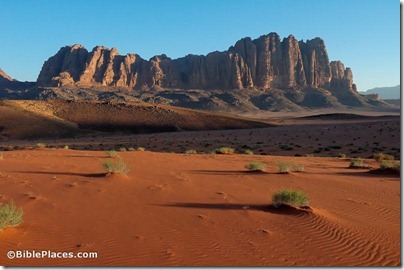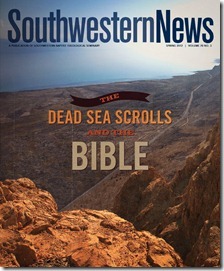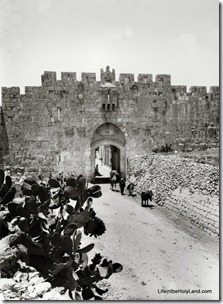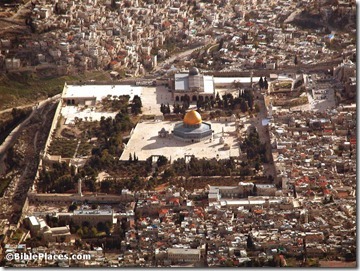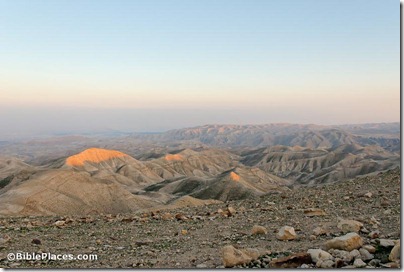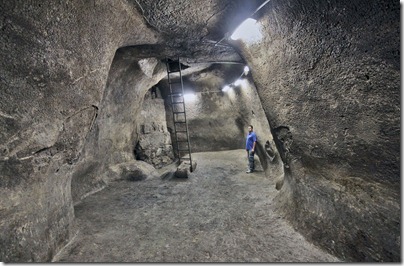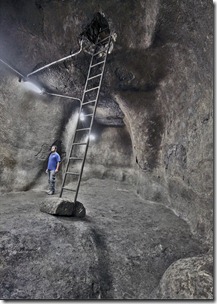Eilat Mazar has resumed excavations in the (so-called) Ophel, and her partners at Armstrong College plan to provide regular updates. They begin with an on-location interview of Mazar.
Excavations continue to reveal Egyptian presence in Joppa from the New Kingdom period.
Mark Fairchild’s search for ancient synagogues in Turkey is profiled in the local press. The article includes an interesting video by Fairchild of his discoveries.
In light of an article in the Wall Street Journal, Charles Savelle reflects on the value of knowing biblical geography.
Ferrell Jenkins is back in Israel and he shares a rare photo of Jacob’s well.
King Tut and his predecessors may have been afflicted with temporal lobe epilepsy.
Did you forget to celebrate the 2000th anniversary of Caligula’s birthday?
Clean-up of the polluted Kishon River is finally scheduled to begin, 12 years after divers were found
to have contracted cancer.
The cedars of Lebanon are threatened by climate change.
As Rosh HaShanah (the New Year) begins in Jewish homes around the world at sundown on Sunday,
Wayne Stiles reflects on the Gezer Calendar and other ways we keep time.
The 50th anniversary of Lawrence of Arabia inspires Anthony Horowitz to travel to Jordan.
